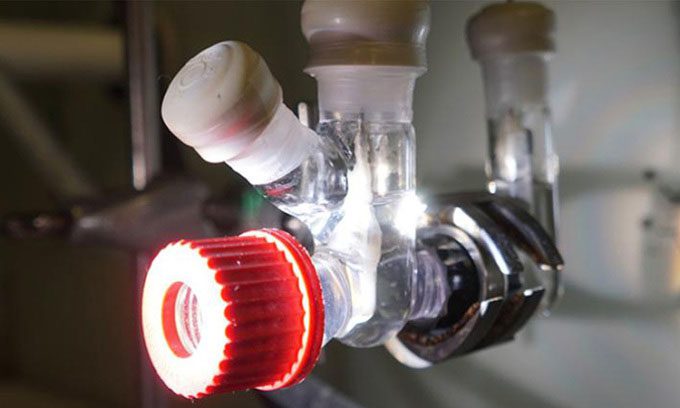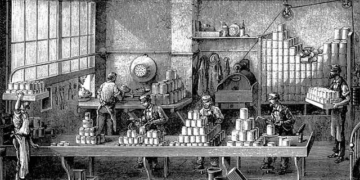New research into using solar energy to convert waste and greenhouse gases into chemical products could represent a significant advancement in the search for sustainable production methods and resource reuse.

Experimental reactor. (Photo: University of Cambridge)
A research team at the University of Cambridge has developed the first system capable of simultaneously converting plastic waste and greenhouse gases into chemical products using solar energy, as reported by Interesting Engineering on January 10. Specifically, in the reactor, CO2 and plastic are converted into sustainable fuels and useful substances for various industries. This new research was published in the journal Nature Synthesis.
“Using solar energy to convert waste into useful products is the main goal of our research. Plastic pollution is a major global issue, and a lot of the plastic we put into recycling bins still ends up being incinerated or taken to landfills,” said Professor Erwin Reisner from the Yusuf Hamied Department of Chemistry at the University of Cambridge, the lead author of the study.
The system converts CO2 into syngas—a key component for sustainable liquid fuels—and transforms plastic bottles into glycolic acid, a common ingredient in the cosmetics industry. Additionally, it can produce other products depending on the type of catalyst used in the reactor.
“What’s remarkable about this system is its flexibility and tunability. We are creating fairly simple carbon-containing molecules, but in the future, we can adjust it to produce much more complex products just by changing the catalyst,” said Subhajit Bhattacharjee, a co-author of the study.
The integrated reactor features two separate chambers, one for plastic and the other for greenhouse gases. It also contains a light-absorbing unit derived from perovskite. The team developed various catalysts, which were then integrated into the light-absorbing unit.
When tested under normal temperature and pressure conditions, the research team found that the reactor could efficiently convert PET plastic bottles and CO2 into various carbon-based fuels such as CO, syngas, and glycolic acid. It produced results at a higher rate than traditional photocatalytic CO2 reduction processes.
“Overall, converting CO2 requires a lot of energy, but with our system, essentially, you just need to shine light on it, and it will convert harmful products into useful and sustainable ones,” explained Motiar Rahaman, a co-author of the study.
The research team hopes to continue improving the reactor to produce more complex molecules. In the future, the system could help develop a solar-powered recycling plant.


















































